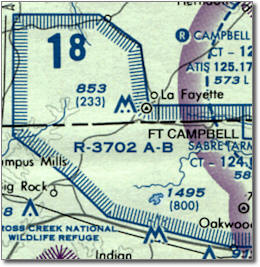Subscriber question:
"Would you cover VFR flight following and in particular, when it comes time to transition through Special Use Airspace (Restricted, Prohibited, MOAs). Do we have to ask for permission to transition these areas, or will the controller let us know we are cleared to transition?" - Earl
John:
“It depends on the type of airspace. The most restrictive are Prohibited Areas and Restricted Areas.

A Prohibited Area is pretty much off limits to all aircraft.
If the Restricted Area is not active and has been released to the using agency (FAA), the ATC facility will allow the aircraft to operate in the restricted airspace without issuing specific clearance for it to do so.
If the Restricted Area is active and has not been released to the using agency, ATC will issue a clearance which will ensure the aircraft avoids the restricted airspace.
Military Operations Areas (MOAs) are areas where military training is conducted. Pilots operating VFR should exercise extreme caution while operating in a MOA. ATC will normally advise participating VFR pilots of any known activity and provide traffic advisories on a workload permitting basis. Specific ATC clearance is not required for VFR aircraft transiting a MOA.
Other types of special use airspace such as Alert Areas and Controlled Firing Areas do not require ATC clearance to transit. Again, advisories will be provided to VFR aircraft on a workload permitting basis.”
